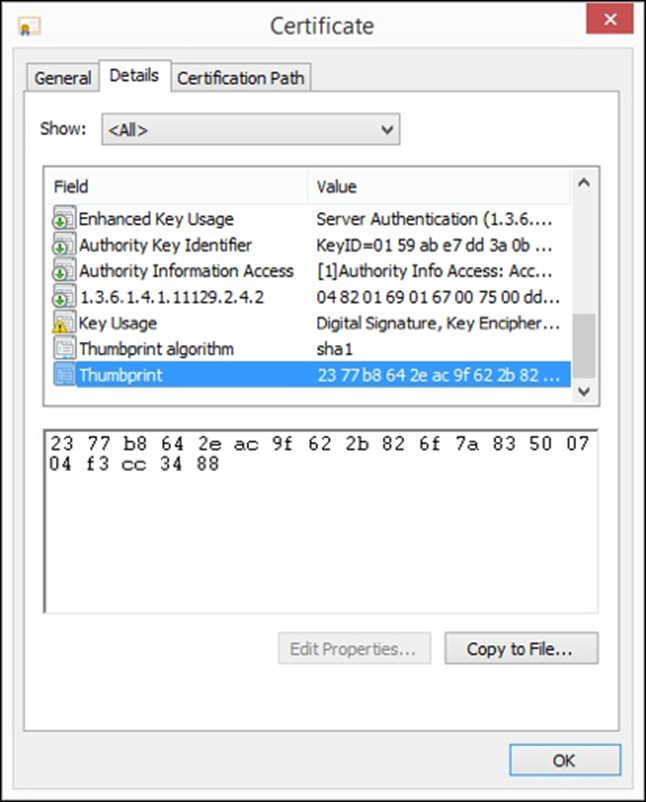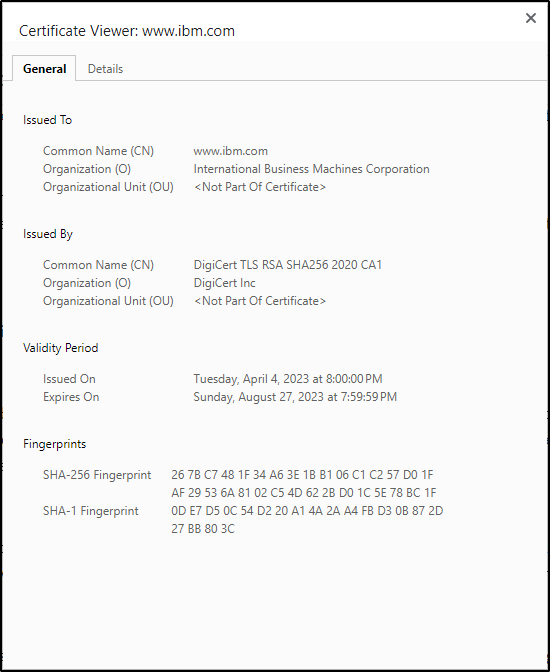This website uses cookies so that we can provide you with the best user experience possible. Cookie information is stored in your browser and performs functions such as recognising you when you return to our website and helping our team to understand which sections of the website you find most interesting and useful.
- Audit and Assurance
- Business Succession Plan
- Business Transformation
- Cloud Services
- Consulting Services
- CRM and ERP Products
- CRM Services
- Cybersecurity
- Data and AI
- ERP Services
- Forensic and Valuation
- Governance, Risk and Compliance
- HEADSTART Implementations
- Human Capital Management and Payroll
- Insurance Services
- Internal Audit
- Contact
- Services
- Audit & Assurance
- Business Succession Plan
- Business Transformation
- Cloud Services
- Consulting Services
- CRM and ERP Products
- CRM Services
- Cybersecurity
- Data and AI
- ERP Services
- Forensic & Valuation
- Governance, Risk and Compliance
- HEADSTART Implementations
- Human Capital Management & Payroll
- Insurance Services
- Internal Audit
- Investment Banking
- Lender Services
- IT and Managed Services
- Marketing and Communications
- Modern Workplace
- Outsourced Accounting
- Regulatory, Quality & Compliance
- Site Selection & Incentives
- Spend Management
- Tax
- Transaction Advisory
- Wealth Management
- Workforce Risk Management
- Industries
- Construction & Real Estate
- Discrete Manufacturing
- Federal Government
- Financial Services
- Government Contractors
- Industrial Equipment Manufacturing
- Life Sciences
- Manufacturing and Distribution
- Not-for-profit
- Process Manufacturing
- Professional Services
- Rolled Products
- State & Local Government
- Title IV Audit & Consulting
- Distribution & Supply Chain
- Insights
- About
- Locations
- Careers
- Pay
Thumbprints Now Fingerprints – SSL Certificate Changes

For years and years of installing and renewing SSL certificates on servers and firewalls, at the end of the day I would also go look and make sure the thumbprint of the SSL certificate matched up to what you expected it to be along with documenting the thumbprint for others.

In my most recent SSL certificate deployment, I went to do just that, and my browsers of choice (Chrome and Edge) both failed me when going to inspect the freshly installed SSL certificate. There simply is no parameter of a thumbprint any longer. In its place are a SHA256 Fingerprint and a SHA1 Fingerprint.

Note: I’m not implying I installed IBM’s certificate. This is just a sample view of what is shown when inspecting an SSL certificate now in an HTML5 browser.
So, what’s happened? Are these the same thing but just different labels?
As it has been referenced for years and years, a thumbprint is 20 pairs of hexadecimal values. This is simply a hash of what the certificate itself was. No other certificate should have this same value. This matches up to what is now referred to as a SHA1 fingerprint. In fact, even looking at the screen shot from above, the Thumbprint algorithm reports as SHA1.
So now we have transitioned to certificates reporting two values for a thumbprint or fingerprint. The SHA1 value is the same as the traditional thumbprint and the SHA256 is based on the SHA2 standard. The SHA2 fingerprint is 32 pairs of hexadecimal values, giving a unique representation of what the certificate itself is.
Unfortunately, there weren’t enough fathers in the room advocating for the potential dad joke when coming up with labeling. Who has two thumbprints and a certificate? This guy.
This publication contains general information only and Sikich is not, by means of this publication, rendering accounting, business, financial, investment, legal, tax, or any other professional advice or services. This publication is not a substitute for such professional advice or services, nor should you use it as a basis for any decision, action or omission that may affect you or your business. Before making any decision, taking any action or omitting an action that may affect you or your business, you should consult a qualified professional advisor. In addition, this publication may contain certain content generated by an artificial intelligence (AI) language model. You acknowledge that Sikich shall not be responsible for any loss sustained by you or any person who relies on this publication.
About the Author
Craig Schellenberg
Craig Schellenberg is a Senior Network Consultant at Sikich that works with businesses to improve their IT. Being detail oriented assists in his ability to design and deploy new solutions as well as troubleshoot complex issues. His primary areas of focus are virtualization and storage on premise (whether through VMware vSphere or Microsoft Hyper-V), Microsoft Cloud services such as Azure and Office 365, Microsoft SQL design and administration, backup/DR/Business Continuance, and network route/switch/firewalls. Craig holds many certifications including his MCSE (Microsoft Certified Solutions Expert) in Productivity, Messaging, and Cloud Platform and Infrastructure. Craig also holds multiple certifications of his VCP (VMware Certified Professional) including version 3, 4 (Data Center Virtualization), 5 (Data Center Virtualization), 5 (Desktop), Cloud, and 6 (Data Center Virtualization).
Sign up for Insights
Join 14,000+ Business executives and decision makers.
Latest Insights
Data Management and Governance
Ways an Enterprise Data and AI Strategy Drives Exponential G...
October 23, 2024
News Release
Kael Campbell Named 2024 Rising Star by Smart Business
October 22, 2024
Information Technology
Ensuring Internet Redundancy with High-Availability Bigleaf ...
October 22, 2024
Tax
Recent Judicial Developments on Foreign Reporting Obligation...
October 21, 2024
In The News
Sikich CFO Ryan Spohn Featured on The Accounting Podcast
October 21, 2024
Transaction Advisory Services
Maximize Your Data to Enhance Decision Making
October 21, 2024
Dynamics 365>Dynamics 365 Business Central
Top 10 Ways to Simplify Operations in D365 Business Central ...
October 21, 2024
Internal Audit
Internal Controls Assessments: Understanding Its Importance ...
October 18, 2024
Life Science
The Role of Data Analytics in Life Sciences: Driving Commerc...
October 18, 2024
Sikich On Demand
On Demand – Yellowbook Webinar Series: Session 9: Risk...
October 17, 2024




